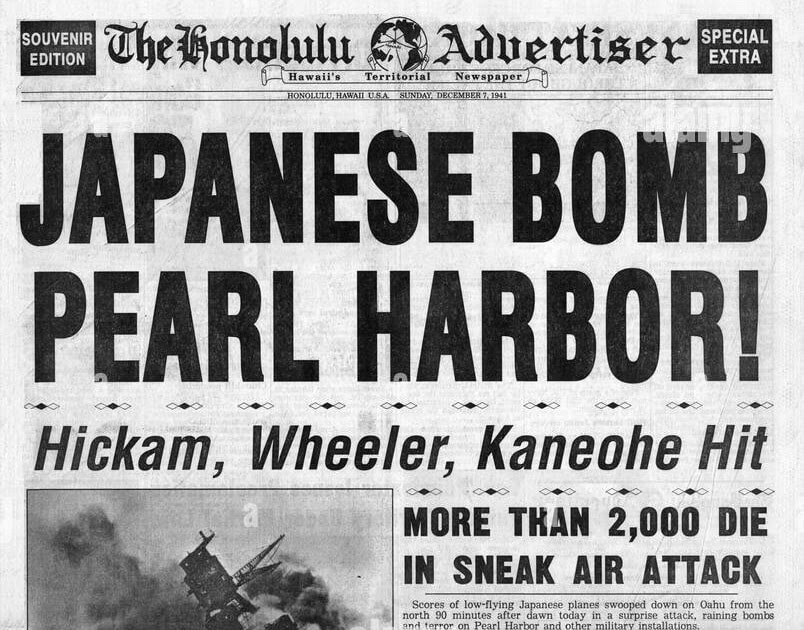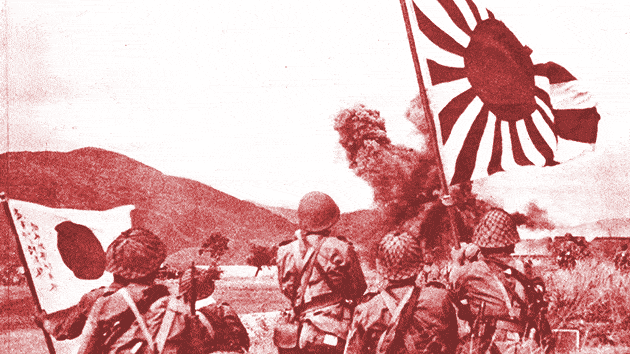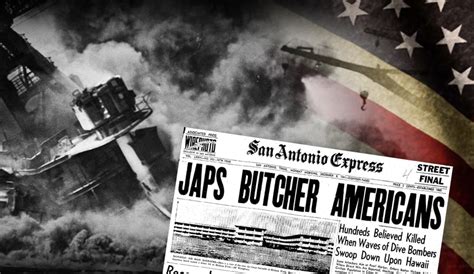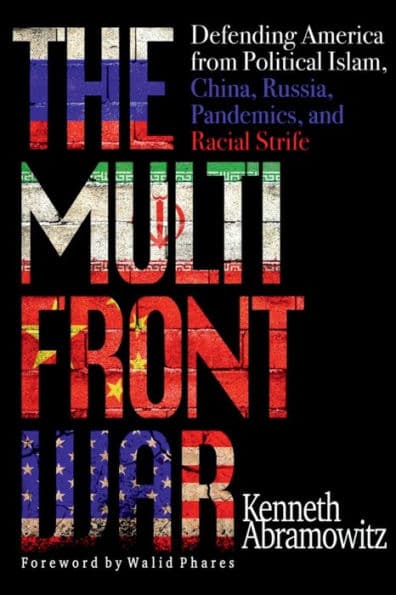Threat Analyst Ken Abramowitz is author of “The Multifront War”
Editor: Dr. Rachel Ehrenfeld, President, American Center for Democracy (ACD)
See the sources for this article and more research in the Additional Reading section
On December 7, 1941, the Imperial Japanese Navy attacked the United States Army and Navy base in Pearl Harbor, on Oahu Island, Hawaii. The first wave of 183 Japanese planes was followed by a second wave of 171 planes, all launched from 6 aircraft carriers to the west of the Harbor. Some 2,400 Americans were killed and nearly 1,200 were wounded in the attack, four battleships were sunk and another four were damaged. An additional 188 U.S. aircraft were destroyed, most of which never took off.
This Japanese attack prompted the U.S. participation in World War II. On June 4-7, 1942, six months after the attack on Pearl Harbor, the U.S. Navy using aircraft carriers that were not in the port on December 7, defeated the Imperial Japanese Navy in the Battle of Midway Island, in what Military historians described as “the most stunning and decisive blow in the history of naval warfare”. It devastated the Japanese fleet.
In retrospect, was the attack on Pearl Harbor unavoidable?
1) Pearl Harbor was not well defended and was not in a state of alert. Military planners assumed that a Japanese attack on the Philippines was far more likely.
2) Military planners underestimated Japanese resolve, military prowess, and willingness to take risks.
3) Although there were growing signs of war in the Far East and Europe, neither our political leaders nor our military leaders were prepared for a full-scale war, particularly on two fronts.
4) In the 1930s, confused and war-weary American voters did not support the re-arming of the military, even while Japan and Germany were building up their forces.
5) U.S. political leaders refrained from informing the American public of the necessity to re-arm after WWI because the wealthy industrialists were against joining foreign wars.
6) Military leaders did not insist on developing technological superiority over their growing adversaries during the ‘peacetime’ of the 1930s.
7) During the 1930s, America’s political leaders failed to either publicly discuss the increasingly belligerent enemies or to acknowledge the looming threat of war. Moreover, they neglected to prepare militarily. This deliberate neglect emboldened the Japanese to attack Pearl Harbor, which propelled America’s entry into WWII. America’s tragic delay cost the lives of more than 60 million people.
Is America now repeating the mistakes of the 1930s? Are Americans better informed today about their enemies than they were 80 years ago? Are U.S. leaders paying attention to intelligence reports on the growing threats? Is the military ready and better armed than our enemies? Is the U.S. prepared to fight a multifront war? Could it fight a war against several enemies simultaneously? We doubt that. The Biden administration has replaced the strategy of winning, with indoctrination and training in ‘woke’ narratives.
Today, U.S. generals call our enemies “competitors”, and neglect preparations for both conventional and unconventional war.
Has the U.S. lost its inner-strength and Super-Power deterrence status? Judging by rising provocations from our enemies at home and abroad, the answer is Yes.
It is urgent that we, the American people, find a way to reverse all these dangerous trends, before we lose our liberties and independence to our enemies, both foreign and domestic.

ADDITIONAL READING:
Battle of Midway | The National WWII Museum | New Orleans – NationalWW2Museum.org
A ‘stunning and decisive blow’: The Battle of Midway in 1942 – pennlive.com
Misremembering Pearl Harbor – VDH’s Blade of Perseus – VictorHanson.com
How Racism, Arrogance, and Incompetence Led to Pearl Harbor – NationalGeographic.com
How (Almost) Everyone Failed to Prepare for Pearl Harbor – SmithsonianMag.com
Milestones: 1937–1945 – Office of the Historian – History.State.gov
Milestones: 1921–1936 – Office of the Historian – History.State.gov
The Failure to Adapt and Innovate after a Drawdown: The U.S. Army in the Interwar Years 1919-1939 – SmallWarsJournal.com
Microsoft Word – Pearl Harbor – p-american-report.pdf – NationalArchives.gov.uk
.
.
.











